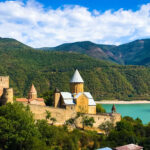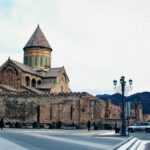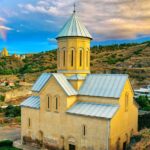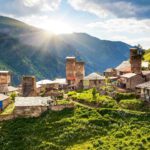Tbilisi, the capital of Georgia, is a city where history meets modern vibrancy. Its charming streets, historic landmarks, and warm hospitality make it an unforgettable destination. This guide is designed for first-time travelers, as well as those looking to explore offbeat local experiences. We’ll cover how many days to spend, best time to visit, top attractions, local experiences, and practical travel tips.
Best Time to Visit Tbilisi
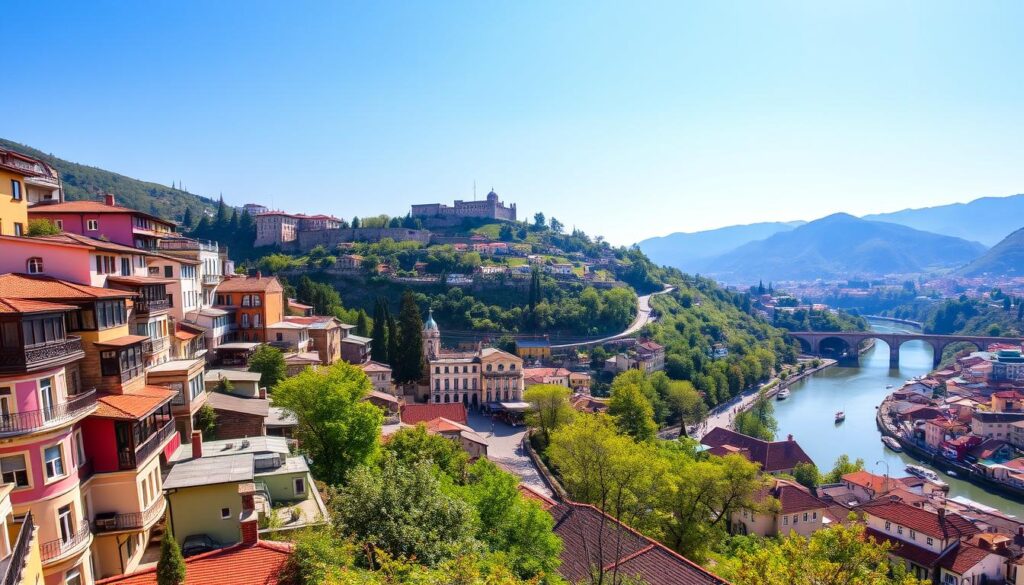
Choosing the right time to visit Tbilisi can make a significant difference in your experience.
Peak Season (June–August)
- Hot and dry, with temperatures often reaching 30–40°C.
- Long days and outdoor festivals are available.
- Crowds can be large, and summer heat may be intense.
Shoulder Seasons (April–May & September–October)
- Ideal time to visit.
- Mild temperatures, clear skies, and vibrant festivals.
- Spring brings blooming trees and wine festivals, while autumn offers colorful cityscapes and Tbilisi’s annual Tbilisoba festival.
Winter (November–March)
- Mild and quieter, with temperatures between 5–10°C.
- Snow is occasional, and attractions like museums, cozy wine bars, and sulfur baths become highlights.
Tip: Late spring and early autumn are considered the best months for a pleasant, crowd-free visit.
How Many Days to Spend in Tbilisi
Most travelers recommend 2–3 days to explore Tbilisi comfortably.
- 2 Days: Covers key landmarks and the Old Town.
- 3 Days: Allows a relaxed pace, including local markets and day trips to nearby towns like Mtskheta or the Kakheti wine region.
- 4+ Days: Ideal for immersive experiences, offbeat attractions, and surrounding regions.
Sample 3-Day Itinerary
| Day | Morning | Afternoon | Evening |
|---|---|---|---|
| Day 1 | Explore Old Town (churches, cobblestone streets) | Cable car to Narikala Fortress, visit Mother of Georgia statue | Relax in sulfur baths or stroll cafes on Shardeni Street |
| Day 2 | Funicular to Mtatsminda Park | Walk Bridge of Peace to Rike Park, visit Sameba Cathedral | Marionette Theater show and dinner at Fabrika |
| Day 3 | Shop and people-watch on Rustaveli Avenue | Dry Bridge Market or day trip to Mtskheta/Kakheti | Sample local cuisine and Georgian wine at a traditional restaurant |
Top Attractions in Tbilisi
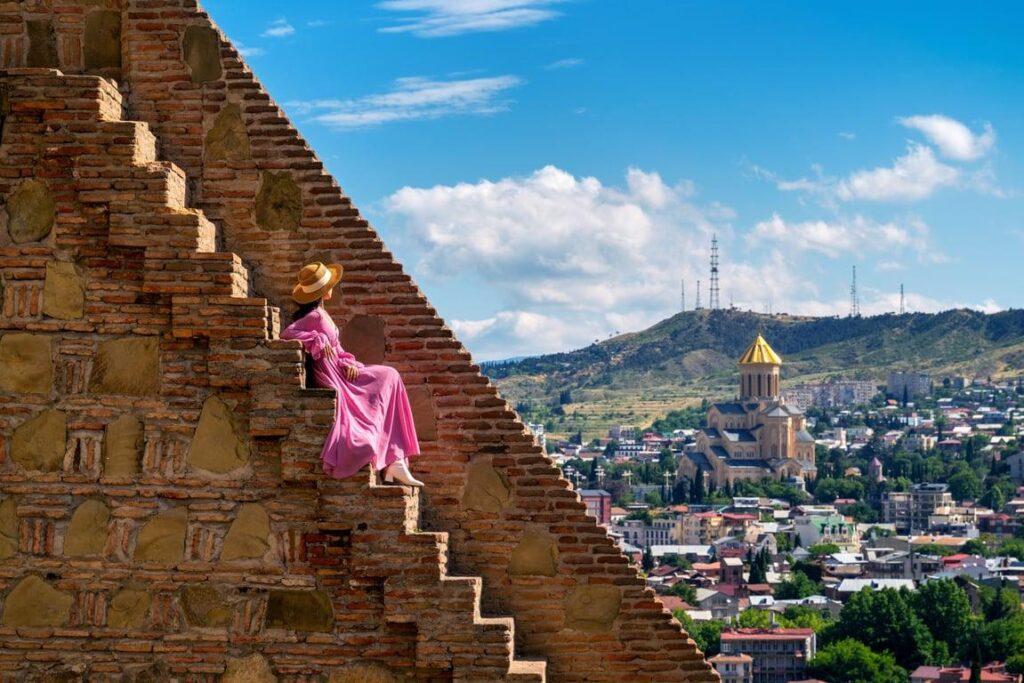
Old Town (Dzveli Tbilisi)
The historic heart of Tbilisi with narrow streets, colorful balconies, and ancient churches. Highlights include Anchiskhati Basilica and Sioni Cathedral.
Narikala Fortress & Mother of Georgia
A 4th-century fortress offering panoramic views of the city. Nearby, the Mother of Georgia statue is a modern symbol overlooking Tbilisi.
Sulfur Bath District (Abanotubani)
Famous for its domed bathhouses filled by natural hot springs. A traditional bath or spa experience is a must.
Mtatsminda Park & Funicular
A hillside park above Tbilisi with rides, cafes, and sweeping views. Access via the historic funicular.
Bridge of Peace
A modern, glass-and-steel pedestrian bridge spanning the Kura River. It connects Old Town with Rike Park and is a popular photography spot.
Sameba Cathedral
One of the world’s largest Orthodox churches with a golden dome dominating the skyline. The interior features beautiful frescoes and icons.
Rezo Gabriadze Marionette Theater
A quirky puppet theater with whimsical shows and a leaning clock tower in Old Town.
Dry Bridge Flea Market
A bustling market where locals sell antiques, crafts, and souvenirs. Perfect for unique finds and souvenirs.
Rustaveli Avenue
Tbilisi’s main boulevard, lined with historic buildings, cafes, theaters, and shops. Evening walks are highly recommended.
Fabrika
A trendy, repurposed Soviet factory hosting cafes, art spaces, and boutique shops. A hub for modern Tbilisi culture and street art.
Offbeat & Local Experiences
Historic Cafés and Markets
Experience local coffee culture in small courtyards or explore markets for fresh produce, spices, and handicrafts.
Traditional Sulfur Bath Scrub
Book a private room in a historic bathhouse for a traditional exfoliating scrub and a relaxing soak.
Street Art and Architecture Walk
Explore Sololaki and Kala districts on foot. Look for murals, Art Nouveau mansions, and hidden courtyards for unique photo opportunities.
Cultural Immersion
Attend a folk music performance, take a Georgian cooking class, or visit lesser-known museums such as the Museum of Soviet Occupation.
Practical Tips for Travelers
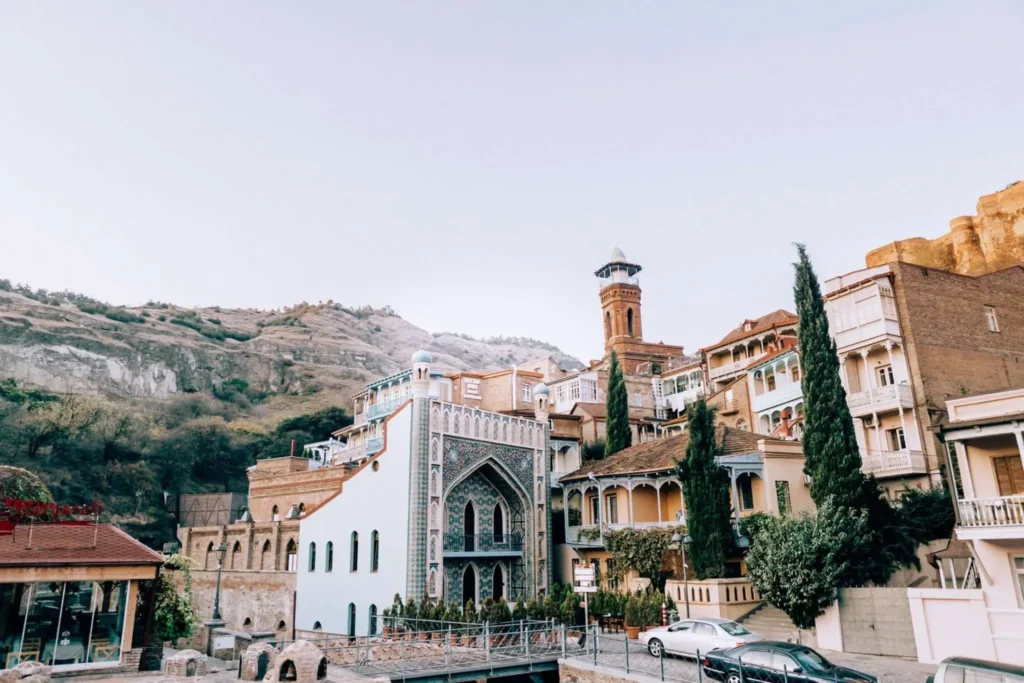
- Transport: Walking is the best way to explore Old Town; taxis and public transport are affordable for longer distances.
- Currency: Georgian Lari (GEL) is used. Cash is accepted in most places; cards are common in tourist areas.
- Language: Georgian is the official language; English is widely understood in tourist zones.
- Food: Don’t miss local dishes like khinkali (dumplings), khachapuri (cheese bread), and traditional wine tasting.
- Safety: Tbilisi is generally safe, but standard travel precautions apply.
Conclusion
Tbilisi is a city of contrasts, blending history, culture, and modern life seamlessly. For first-time visitors, 2–3 days in spring or autumn is ideal to explore both iconic landmarks and local hidden gems. Whether wandering through the Old Town, relaxing in sulfur baths, or discovering offbeat neighborhoods, Tbilisi promises an enriching and memorable travel experience.
Prepare for an adventure filled with history, culture, cuisine, and warm Georgian hospitality – this city will stay in your heart long after you leave.


